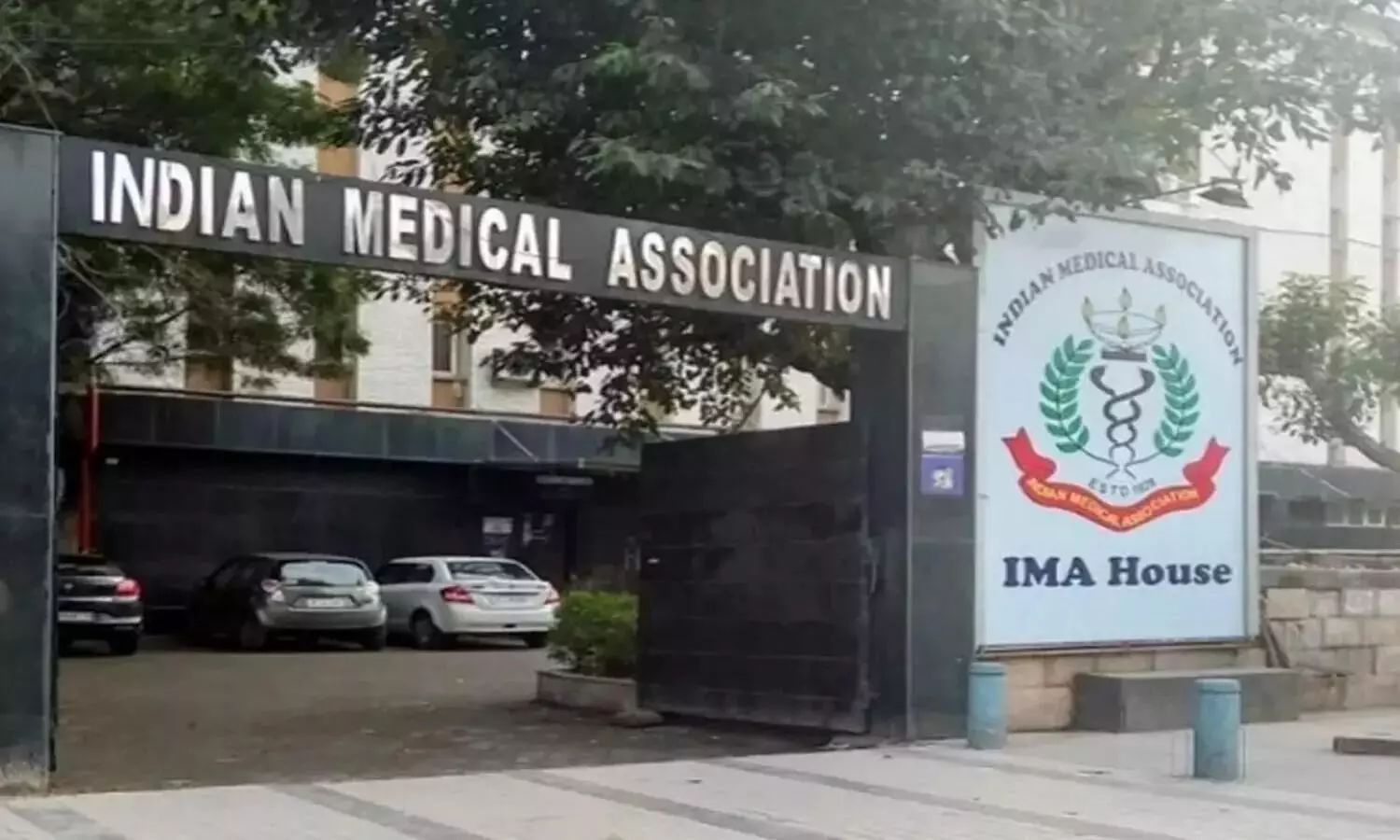According to the Ministry of Public Health authorities, last year, the Dominican Republic ended with 24,735 cases and 23 deaths due to the disease transmitted by the bite of the infected Aedes aegypty mosquito.
The expert recalled that there is a very high viral load in the country, which implies many infected mosquitoes. For dengue cases to occur, a vector must specify that the mosquitoes did not disappear; they are still there. However, the population decreased, but as there is such a high viral load and so many viruses in human reservoirs that are still circulating, only a tiny population is needed for the disease to be transmitted.
Interviewed by Héctor Herrera Cabral in the program D’AGENDA, which is broadcast every Sunday on Telesistema Channel 11 and TV Quisqueya for the United States, the expert explained that it is estimated that in dengue-endemic countries, 85% of the population does not have clinical manifestations of the disease.
He added that that implies that if the Dominican Republic was seeing many symptomatic people at the end of last year, it means that only 15% of the entire population was being seen to be infected, and that is why the controversy of whether the Ministry of Public Health is telling the truth regarding the infections, but it can never tell it because you only know that a patient has dengue when they present the symptoms of the disease.
“It is very similar; we are going to have fewer probabilities, fewer cases, but we are going to have many cases of dengue, very similar to last year,” responded virologist Robert Paulino when questioned about the behavior of dengue for 2024.
He argued that “firstly because last year’s trend was to generate a permanence of a continuous viral load, and secondly, that the climatic factors are not going to disappear.”
“Because now we are experiencing the effects of the El Niño phenomenon, which is what happened in South America, Brazil currently has many cases that, although it is true that they have begun to distribute a vaccine, it does not represent anything that will change the trend, that is, that you will have a co-circulation of the virus in the population,” said the doctor.
He maintained that this is why the Pan American Health Organization’s alert is because this year, the indicators are identical or worse than those of 2023 from the climatic point of view because, although it may seem a cliché, every year it is reported that temperatures are higher than those of the previous year. Still, this is indeed happening.
“2024 is not visualized to be different from 2023, from the point of view of factors, and that potentiates the issue of dengue and, in addition, as type 3 was introduced last year, type 4, which we have not had that dengue for seven or eight years, at least in the genetic record of identifications, in the present year, because it is circulating in South America, which is now in summer, could enter the country because of human displacements,” he said.
Regarding the possibility of the Dominican Republic having a vaccine against dengue, Dr. Robert Paulino considers it very remote that it will be ready to be applied this year, and it would be necessary to wait until 2025 for it to become a reality.
Paulino warns that tourism is an element of risk for introducing new pathogens.
Roberto Paulino, a renowned researcher of tropical diseases at the Universidad Iberoamericana, warned that tourism is a risk factor for introducing new pathogens.
“I know that at the governmental level it looks bad to say it, but we have to understand that tourism is an element of risk for the introduction of new pathogens, it is not wrong to understand it, what we have to do is to armor ourselves,” said Dr. Paulino Ramirez when he was interviewed in the program D’AGENDA.
He insisted that “what we have to do is to take care of our borders, and not only the air borders, but also the land borders, because there is a country with which we share the island that does not have control of its territory, and we even have to watch over that.”
“That is to say, here we still have elements in the elimination agenda such as the case of malaria, which depends strictly on the climatic factors as well, because it is transmitted just like dengue, with another type of mosquito, and although it is said that it is more rural, those who live in the South are Dominicans just like us, and therefore we must take care of all our population,” warned the doctor.
He clarified that “these are elements that, more than feeling them as an attack, should call our attention to the importance of looking at ourselves and determining how our epidemiological system works, how sensitive we are being at the moment of understanding the signals and, in addition, understanding that epidemiological surveillance includes, today, elements as simple as social networks.”
“People already write things and say things, in the media there is already such a high democratization of information that anywhere we have television channels and journalists that do not necessarily reach the traditional media, but those media are the ones that give us the alerts, and that is public health, not the institution as such, but public health as a concept, that is where we have to see ourselves in a more integrated way,” he said.
There is an urgent need for an awareness campaign on measles because it kills and is transmitted very quickly.
According to Dr. Robert Paulino Ramirez, a specialist in viral diseases, the only way Latin American countries can avoid the appearance of cases and possible outbreaks of measles is by increasing vaccination.
“In fact, the only alert of international importance that is still open is measles, and the only way we can prevent an outbreak or an onset of cases in Latin America is by increasing vaccination,” reiterated Dr. Ramirez Paulino.
He called attention that from 2020 to 2022, the Dominican Republic experienced a 15% reduction in vaccination coverage. However, he does not know the data for 2023 to see if that situation could be reversed.
“Measles needs at least 99% of children born or living in the Dominican Republic to be vaccinated, we have to carry out a very strong awareness campaign directed towards parents and guardians regarding the measles vaccine, because it is a disease that kills and is transmitted very quickly,” the physician warned when questioned about this disease on the D’AGENDA program.
He recalled the case of the Omicron variant of the Coronavirus that infected all the people in a house, “well, measles is like that, it is a disease that has a transmissibility rate of 16, that is, for every infected child, if there are 16 susceptible children, all of them will be infected.”
“So, if we want to prevent this phenomenon from occurring, we have to armor ourselves as a population, because the United States has already had several outbreaks, which means that it is right next to us,” urged Dr. Paulino.
He clarified that this is not only a responsibility of the state authorities through the Ministry of Public Health but also a duty of all people, mainly parents or guardians.







